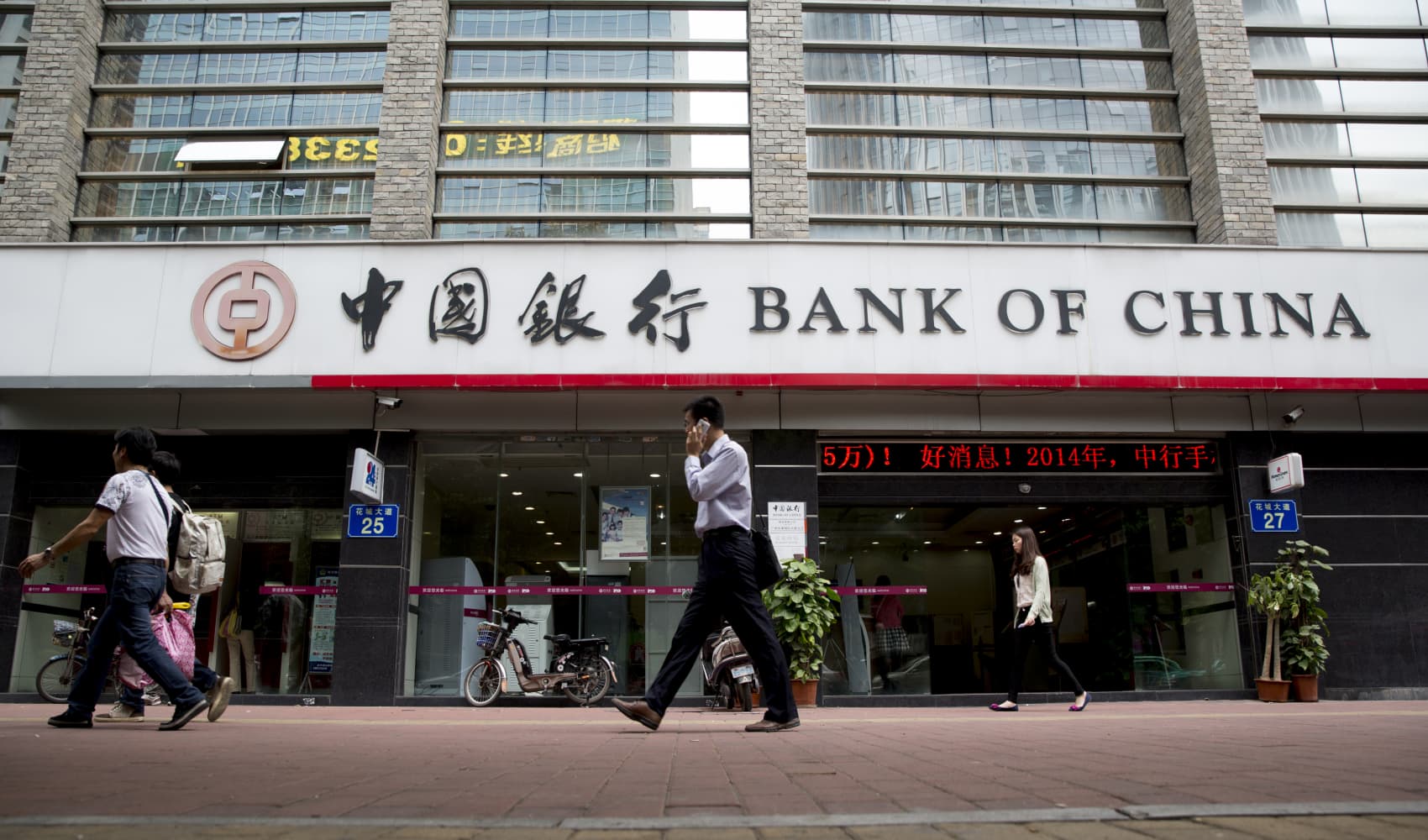
- LinkedIn is trying to thwart the spread of misinformation fueled by the rise of artificial intelligence by verifying users — more than 55 million so far, the company said.
- The Microsoft-owned service said it has the most verified individual human identities of any social network.
- While Meta and X require users to pay for subscription services to receive verifications, LinkedIn said it has made "a sizable investment" to verify users free of charge.
LinkedIn has verified more than 55 million of its users, for free, in order to combat the spread of misinformation fueled by the rise of artificial intelligence, the company told CNBC.
The Microsoft-owned service said it has the most verified individual human identities of any major social network. In November, the company will begin showing its user verification badges within the primary LinkedIn feed.
"You now see things like deep-fake videos, photos that are increasingly harder with the naked eye to understand if they're real or fake," Oscar Rodriguez, LinkedIn's vice president of trust and safety, told CNBC in an interview. "That line-blurring is what we believe poses a significant challenge in combating things like misinformation, faking expertise and so forth."
LinkedIn began verifying users in April 2023. The move followed social media platform X's decision in November 2022 to require users who wanted a verification badge to subscribe to its premium service, and came shortly after Meta launched Meta Verified, a subscription service that allowed Facebook and Instagram users to receive verification badges for their profiles.
Social networks are stepping up their efforts to weed out inauthentic activity, including scams and misinformation, across their services. The rise of generative AI technology since the launch of OpenAI's ChatGPT in November 2022 has made it easier and cheaper for people to create fake accounts and content on social media.
Get Tri-state area news delivered to your inbox. Sign up for NBC New York's News Headlines newsletter.
While peers are charging users for verification, LinkedIn is verifying people for free, and using a two-pronged strategy, with a goal of having 100 million users verified by 2025, the company said.
Money Report
For users who work at big companies, LinkedIn contacts them through their corporate email addresses. This feature is currently limited to employees at select companies, but Rodriguez said LinkedIn is thinking about ways it can expand the verification technique.
Its other verification method involves having users submit their government IDs with partners such as Clear and Persona and, for users in India, digitization service DigiLocker.
LinkedIn pays the verification partners for the service. The company didn't disclose how much it's spending on verifications, but Rodriguez called it "a sizable investment."
"Being able to understand the authenticity of someone will be essentially critical to how we see the internet progress in the future," he said. "We want to basically make it broadly accessible and through that build a trusted community on LinkedIn."
Only a small percentage of LinkedIn's more than 1 billion members have been verified.

Verification is key
Even before the rise of the generative AI era, fake accounts were a problem for LinkedIn. Spoof accounts have popped up for high-profile tech executives such as Elon Musk, Larry Ellison and Mark Zuckerberg. LinkedIn said it takes down 99% of fake profiles before users encounter them on the social network.
In the past, users could discern fake accounts from authentic profiles by looking at work experience and the photo, Gyanda Sachdeva, LinkedIn vice president of consumer products, told CNBC.
"In the world of AI, when you can generate photos left and right, it's not going to be that easy," she said. "Verification becomes another very important signal when you think about the platform that's all about professional connections and networking."
Meta on Monday announced that it's testing the use of facial recognition technology to detect and prevent people from using the likeness of celebrities to scam users on its services.
LinkedIn said it's going beyond individual users, also verifying job listings and company pages.
Sachdeva said users are motivated to adopt verification because they use LinkedIn to find jobs and tout their careers. LinkedIn said verified profiles tend to get 60% more profile views, 30% more connection requests and 50% more post engagement than nonverified profiles.
LinkedIn said it's taking a conservative approach in verifying users — for example, when a user's professional name doesn't match the name on their government ID — in order to make sure it preserves a high bar for the users it verifies.
"We would rather get it wrong, as in potentially not verifying someone, as opposed to verifying someone that then we realized it was a wrong verification," Rodriguez said.
WATCH: Head of LinkedIn MENA discusses new sentiment survey






